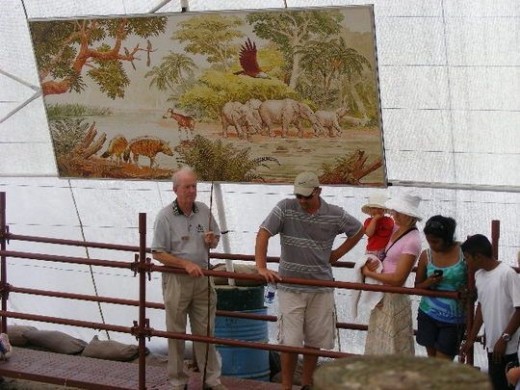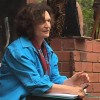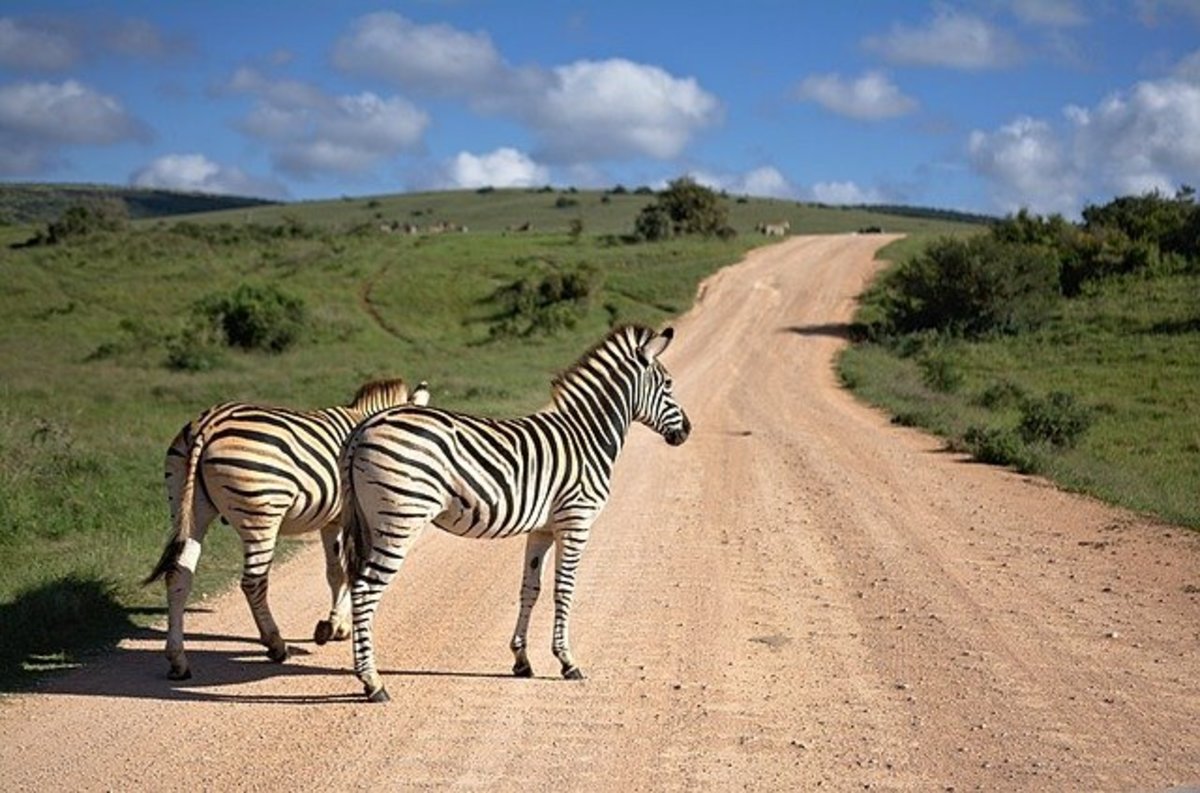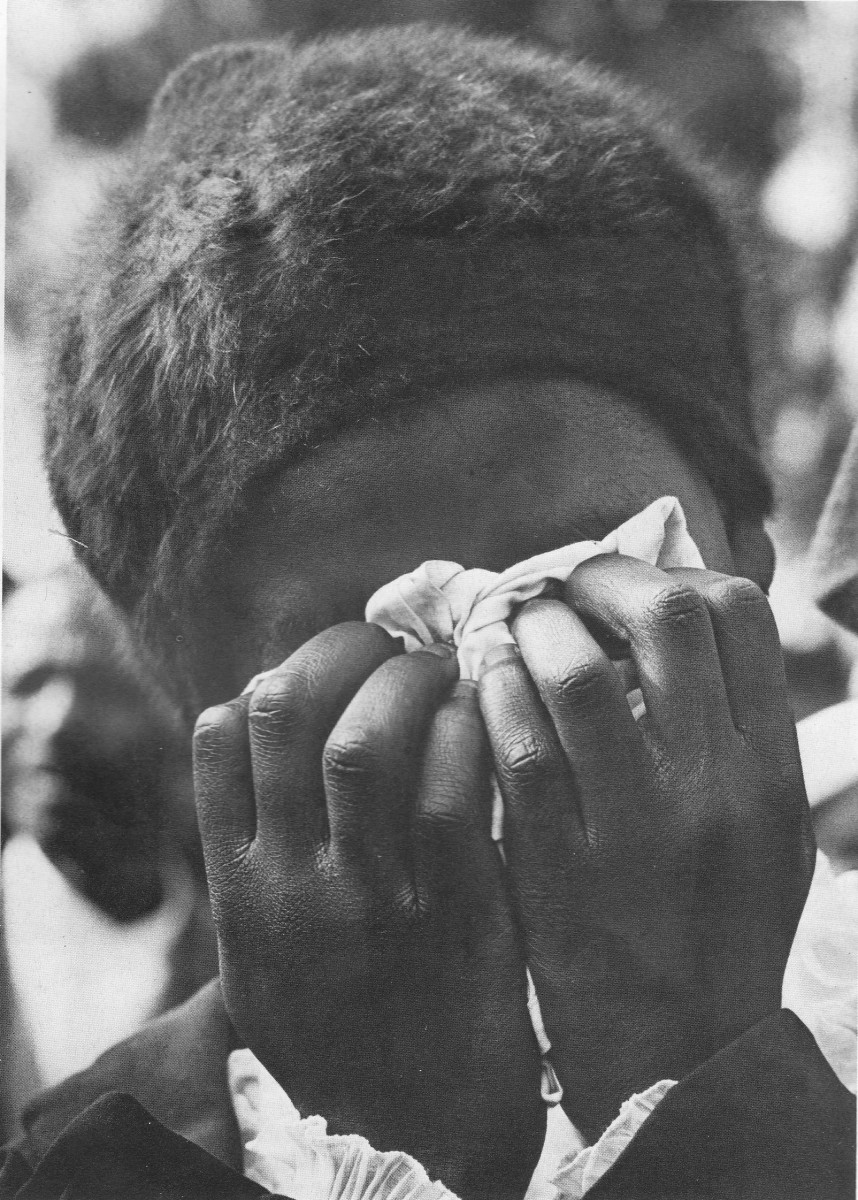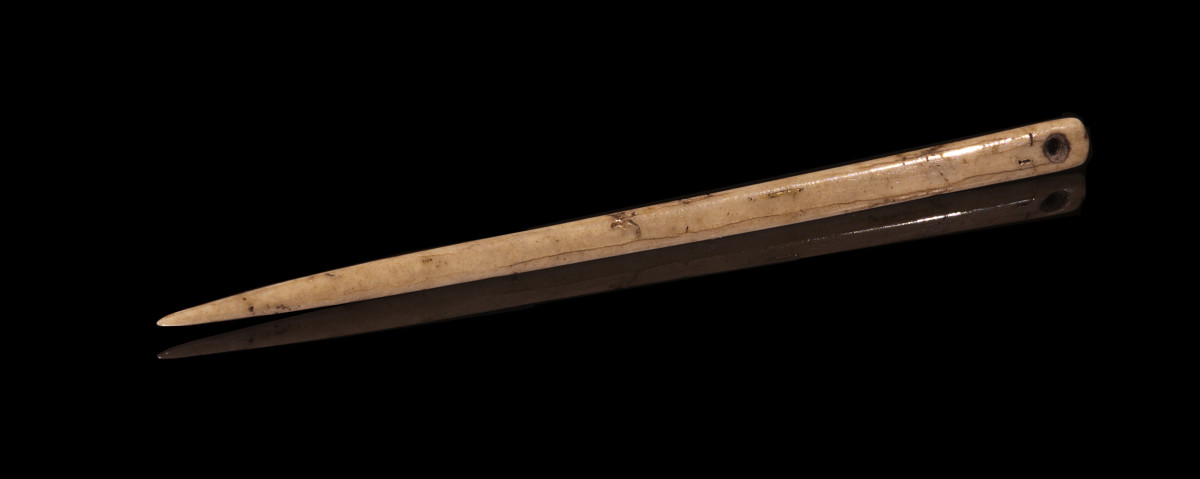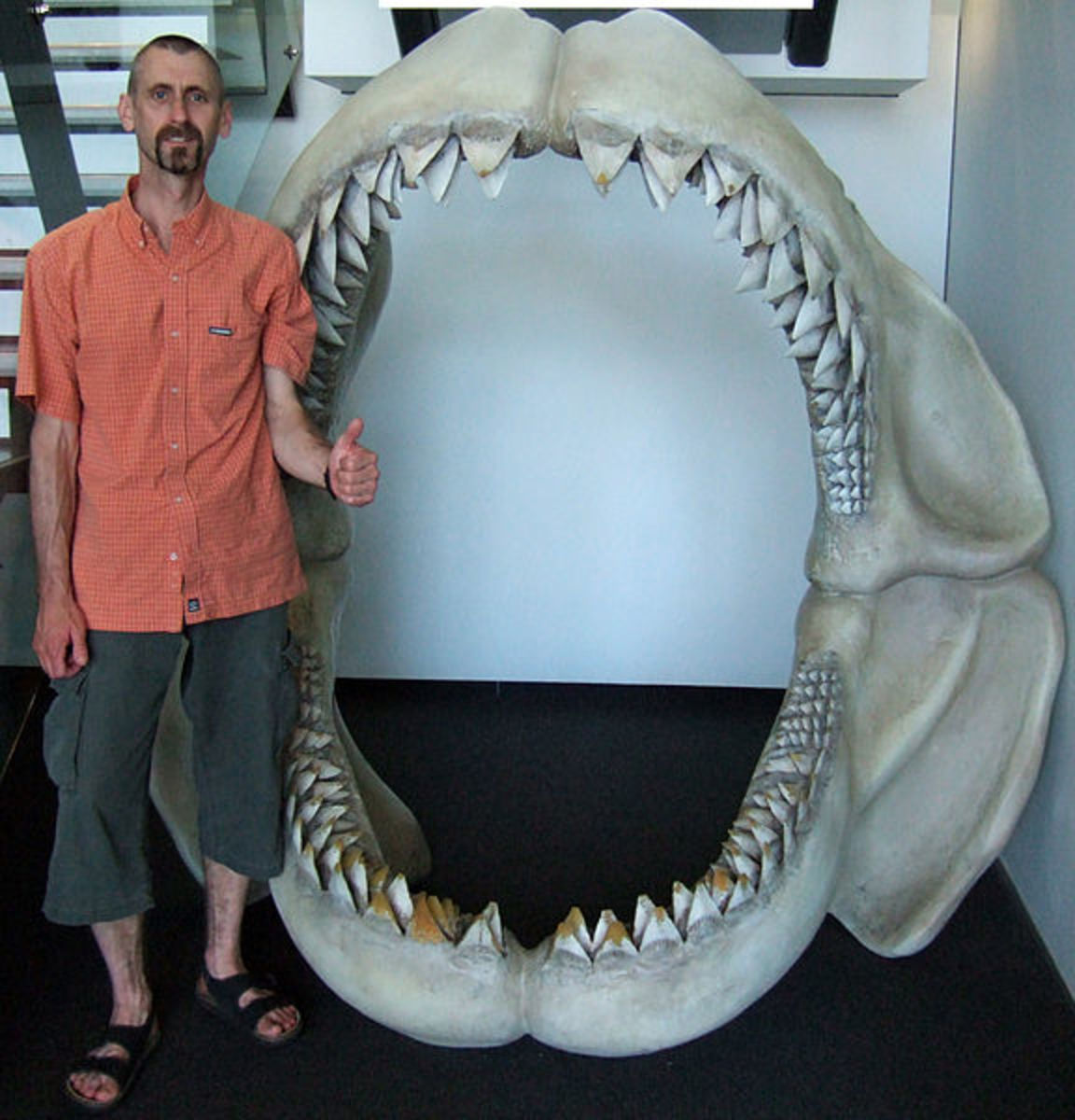Visit the West Coast Fossil Park South Africa
The Big 5 of South African fossils?
Everyone knows about the Big 5 of live animals in Africa: the leopard, buffalo, elephant, lion and rhinoceros. We have our hands full to keep them from extinction due to demands for animal products like rhino horn and ivory and lion bones. Of course there are still people who hunt these beautiful animals for the bragging rights.
But more than 5 million years ago, Africa also teemed with animals. Some wonderful creatures existed then: The African Bear, the short-necked giraffe, the sabre-toothed cat, an elephant type called Gompothere Anancus, the Hipparion or 3-toed horse that roamed the continent 12 million years ago and the Wolverine.
The West Coast Fossil Park is one of the most exciting fossil finds on earth, where the fossils of these animals can still be seen embedded in the mouth of an ancient river.
About 200 species of invertebrate and vertebrate animals have so far been recorded at the site. These include over 80 mammals and at least 60 birds.
.
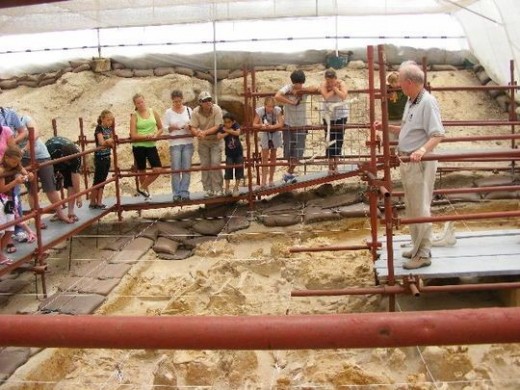
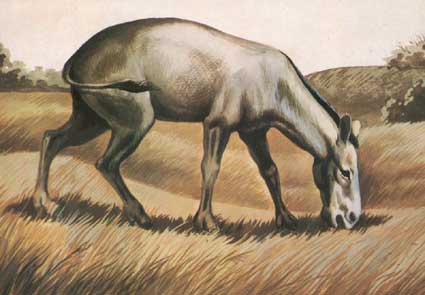
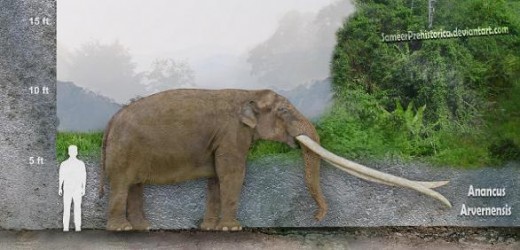
A visit to the West Coast Fossil Park
The day is hot, even though clouds move overhead to give intermittent shade. We stop at the visitor’s centre and take our seats for a short lecture before we all drive to the main digging sites. The guide tells us about the prehistoric BIG FIVE of South Africa, showing us bones and artist’s reproductions of the animals whose bones were deposited 5 million years ago at this ancient site.
It is difficult to believe that I had not known about this place, even though it is said to be well-known world wide with international paleontologistsand archaeologists.
The park is fourteen hectares of land, 10 kilometres outside Langebaan, Western Cape where you can see the fossilised remains of early animals, such as lion-sized sabre-toothed cats and three-toed horses.
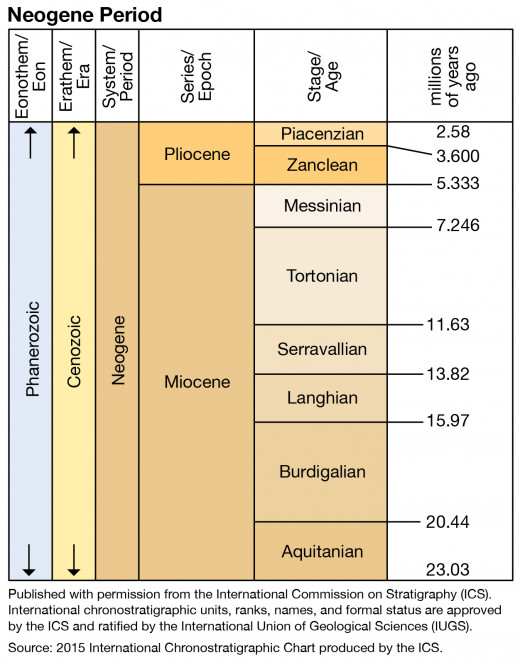
History of the dig - mining operations do not ALWAYS destroy
In 1958 an employee at the Chemfos Mine (a phosphate mining operation) in Langebaanweg showed researchers a remarkable find he uncovered while excavating material from the company's mine in Langebaanweg. Since then, it has been established that this deposit contains one of the sites with the greatest diversity of five million year old fossils in the world. The first phase of the West Coast Fossil Park was launched in September 1998.
Over the past 40 years, scientist have explored this site, the most well-known of these: Brett Hendey, who also published a book about his findings. The South African Museum ( Iziko Museums in Cape Town), has been working with the mine (BHP Billiton), to ensure that the palaeontological site is properly sampled and protected. Mining operations has since ceased, but the mine is involved in rehabilitation of the environment. The entire mining area, approximately 700ha, has now been declared a National Heritage Site and paleontologists from all over the world are involved in scientific analyses to learn about how these animals lived more than 5 million years ago.
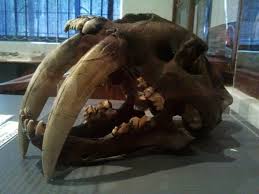
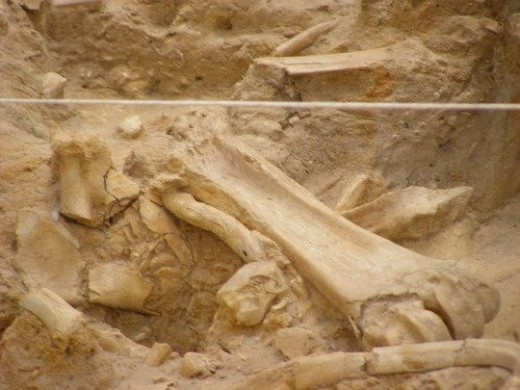
Fossils of large Africa animals
Animal fossils found at this site include, inter alia:
- Short necked giraffes or Sivatheres
- Agriotherium Africanum - the first bear ever found in Africa South of the Sahara
- Homiphoca Capensis, an extinct true seal
- Gompothere Anancus, as large as a mammoth but very similar to the modern elephant - it became extinct about 3 million years ago.
- Sabre-toothed cat with enlarge upper canine teeth, small hindquarters and short tail
- Hipparion, a three-toed horse that moved into Africa about 12 million years ago.
- The wolverine or Plesiogulo Monspessulanus. This is a representative of a ferocious group of carnivores and was as large as a small bear.
All together, more than 200 different types of animal fossils were found at the site, including a mix of land and sea animals.
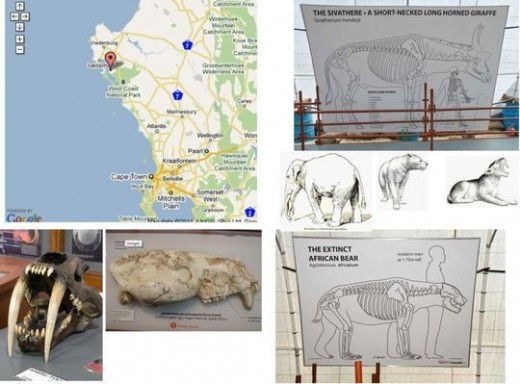
After an orientation lecture in the visitors centre, we move to the main excavation site.
We are captivated by the evidence that these animals lived 5 million years ago: Some of the very large bones have been left intact, still embedded in the soil. The current site contains the bones of a herd of sivatheres, while the site nearby, still being excavated, contains more fossils of the African Bear. You almost feel like jumping in to chisel away at the remaining soil.
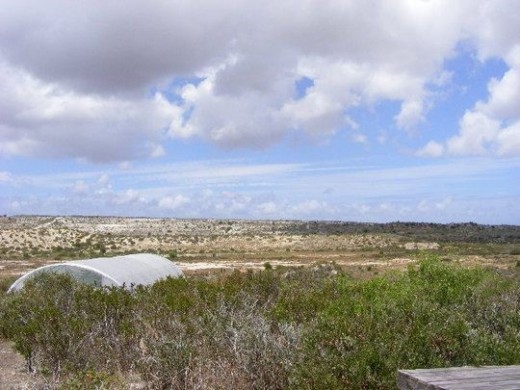
The explanation for this rich deposit is that 5 million years ago the site was a river mouth - now called the Berg River (which is famous for the annual Berg River Canoe race) - and which in modern times enters the sea about 20km to the north. Five million years ago the climate was much wetter and warmer and said to be the site of a mass burial when the river came down in flood, carrying thousands of plants and animal carcasses with it. These carcasses were deposited at a bend in the river and were soon covered with mud and other materials until the previous century.
The official website for the West Coast Fossil Park is: http://www.fossilpark.org.za/
This website provides detailed information, including ordinary activities like cycling in the park, mock digs for children and includes an animation feature, re-enacting the series of the events that led to this rich deposit.
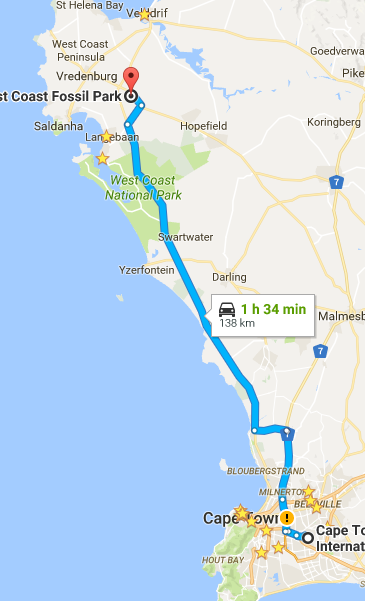
How to get there
From Cape Town International Airport
- Take Airport Approach Rd to Settlers Way/N2 in Kanana 5 min (4.0 km)
- Take M7 and N7 to Melkbosstrand Rd/M19 in Cape Farms.
- Exit from N7 25 min (29.0 km)
- Turn left onto Melkbosstrand Rd/M19 6 min (8.3 km)
- Follow R27 to West Coast Peninsula 57 min (95.9 km)Turn left
- Destination will be on the left
-
West Coast Fossil Park
What else to do while you are there:
The nearby town of Langebaan offers varied experiences to visitors, including different accommodation options.
Things to do and places to go include:
- A few good restaurants, but Strandloper a must (restaurant on the beach)
- Club Mykonons (accommodation, restaurants and activities)
- Whale watching
- Horse riding
- Golf
- Bird watching
- Game watching in the West Coast National Park
- Water sports
- Langebaan Lagoon
